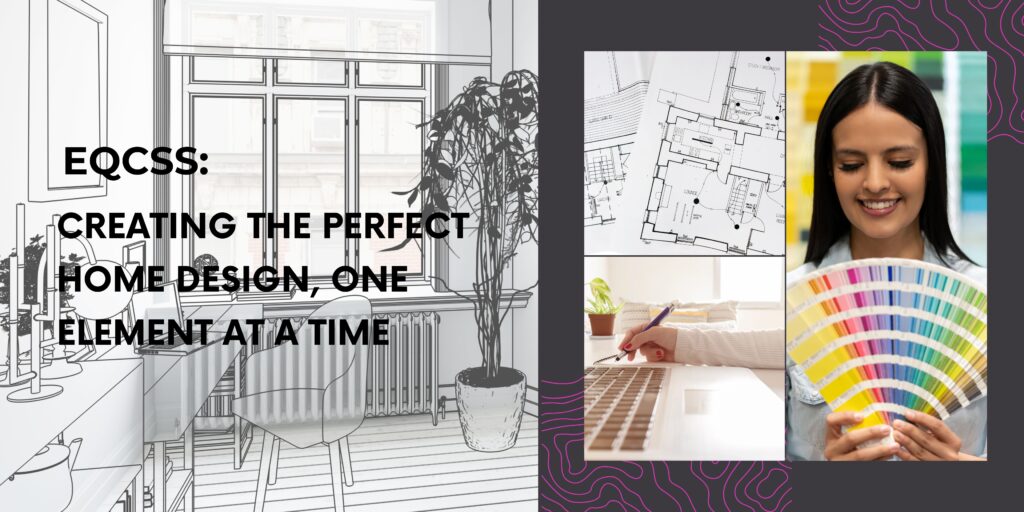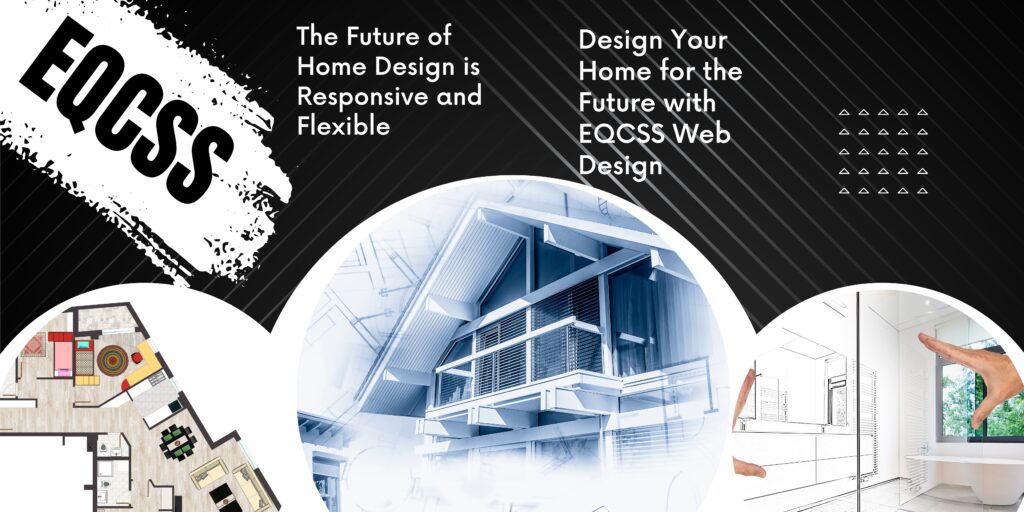EQCSS (Element Queries CSS) is widely utilized in the field of web design as a means of producing dynamic and adaptable layouts. Did you realize, however, that the principles of EQCSS can also be applied to residential architecture? This essay will explain how EQCSS can be used to make your dream house a reality.
An Opening Statement
Web designers can now create styles for specific components rather than the entire page thanks to EQCSS, a CSS extension. This paves the way for designers to make designs that are responsive to the height of the user’s screen and can be modified to fit a variety of devices.
Why it’s crucial to incorporate EQCSS standards into residential architecture
Home interiors can be made more cohesive and unique by employing the same EQCSS concepts used in web design. With the help of EQCSS, you can make a house plan that is tailored to your lifestyle and personality while still fitting within the confines of your actual home.
Second, learn the guidelines for creating a website that adheres to the EQCSS standards.
Outline of EQCSS’s Guiding Principles A. EQCSS is founded on four core principles: the case query, the contextual query, the size query, and the status query. Using these guidelines, designers can make designs that adapt to factors like the width of a container, the location of an element, and the user’s current selection in a form field.
An explanation of how the EQCSS can be used in residential architecture
EQCSS can be used to develop decor that adapts to its environment.
You can make styles that change depending on the height and shape of a room by using container queries, or you can make styles that change depending on the purpose of a room by using context queries.

Third, incorporating EQCSS guidelines into residential construction
Cohesive color palette and typeface use
You can make a consistent color and type design that works in a variety of settings and with various emotions by using EQCSS. Different rooms require different color and font schemes, so you can tailor one set to your living room and another to your bedroom.
Why a flexible layout is crucial for DIY renovations
When renovating a home, responsive design is essential, particularly for cramped or unusual rooms. Designing with EQCSS allows you to make plans that are flexible in response to changes in room dimensions and occupancy.
Creating a Modular House Plan with CSS Variables
The use of CSS variables is another potent method for making a flexible house design. The use of variables allows you to build a library of styles that can be modified with a simple tweak to a few numbers. By adjusting the values of the variables, you can make a variety of color and typography schemes for a given space, for instance.
Applying the latest patterns in web design to residential architecture
Last but not least, you can use EQCSS to bring the latest in web design trends into your own house. Using techniques like CSS animations, adaptable images, and parallax scrolling, you can make a one-of-a-kind, cutting-edge layout that’s tailored to your family’s specific requirements.

Case Examples on EQCSS Website Development for Residential Architecture
Some well-executed examples of residential architecture based on EQCSS principles
The use of EQCSS principles in successful home design initiatives is well-documented. Some architects and interior designers, for instance, have developed styles that change depending on the size and form of a room by employing container queries, while others have developed similar styles by employing context queries.
Evaluation of the Projects’ Implementation of EQCSS Principles
The principles of EQCSS were applied to each of these projects in order to develop responsive and adaptable designs.
Designers used EQCSS to make looks that suited the space’s proportions, the surrounding environment, the homeowners’ tastes and preferences, and the function of the area.
In one project, for instance, the designer employed container inquiries to develop flexible aesthetic options suitable for a variety of different living room configurations. Styles varied according to the room’s width, the presence or absence of windows, and other building elements. The designer used container queries to build an adaptive and practical layout that effectively utilized the available real estate.
A designer used context queries in another project to make designs that changed depending on the room’s use. The designer, for instance, catered to the specific requirements of each area by coming up with distinctive looks for the dining room, the living room, and the home office. Examples include dining room designs that prioritize comfort and hospitality, and home office layouts that prioritize work and concentration.
EQCSS online design vs. conventional residential design techniques
In comparison to more conventional methods of interior design, EQCSS web design has many benefits. Before anything else, EQCSS frees up designers from having to resort to pre-made templates or one-size-fits-all solutions by enabling them to build styles that respond to the specific needs of the space. This means that EQCSS layouts are flexible enough to meet the ever-evolving requirements of individual households.
The ability to make changes and add new features to an EQCSS design makes it more versatile than its predecessors.
As a result, EQCSS plans can develop alongside a family as it expands and changes over time, rather than becoming obsolete as a result of technological advances.
As a whole, the EQCSS web design principles provide a potent resource for developing home designs that are responsive, flexible, and customizable to meet the requirements of individual families. Designers can use EQCSS to make homes that are not only aesthetically pleasing but also meet the requirements of the people who will live in them.